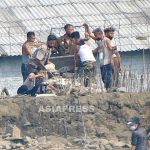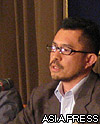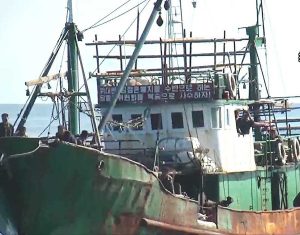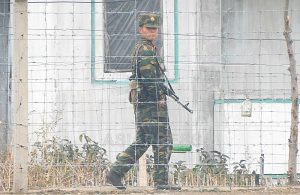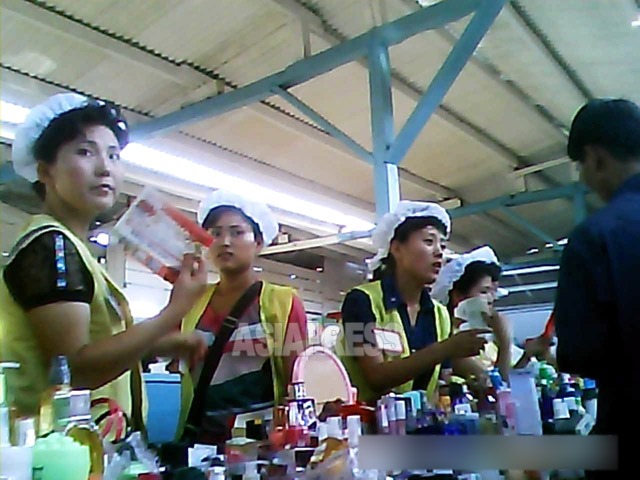
<Inside N. Korea>The Expansion of Card Payments: Realities and Reliability? (1) Wages paid by card, which can also be used in state-run stores and markets
In recent years, North Korea's authorities have been pushing hard to expand its electronic payment system, not only by encouraging citizens to use cards, but also by using coercive methods, such as forcing workers to open bank accounts and cards to pay their wages. Why is the government so obsessed with doing this? In this installment of the series, ASIAPRESS takes a look at how cards are used in North Korea based on information sent by ASIAPRESS reporting partners in June. (JEON Sung-jun / KANG Ji-won)
◆ Types of cards in use are unclear
Reporting partners A and B, who sent us specific reports about payment cards, live in Ryanggang Province, and Reporting Partner C lives in North Hamgyong Province.
What kind of cars are people issued? Reporting Partner C explained in detail how the cards are issued.
"If someone wants to make a card, he or she needs to fill out an application form with his or her identification card, address and workplace, and a stamp from the head of the neighborhood watch unit where he or she lives. The first time you make a card, you can load it with 30,000 won, and the fee is 750 won per month. If you can't pay the fee, the account will be frozen."
According to Reporting Partner B, it is also possible to pay the fee in a lump sum when the card is issued.
"They charge 5,000 won to make the card. People rarely use the monthly method (of paying the fee), and often pay the sign-up fee when I make the card."
* 1,000 North Korean won is about 105 South Korean won.
Based on the reporting partners' information, it appears that the card is a prepaid card that can be loaded with cash and used within the balance limit, but according to Cooperator A, it may be more than just a prepaid card, but a debit card linked to an account.
"You need to have a passbook to get one, and only banks issue them. Certain things, like foreign currency cards, are only issued to tourists and foreigners, not to the general population."
The exact types of cards and payment methods currently in use need further investigation.
※ The Narae Card, which was launched in 2010 as a foreign currency-only card, was reportedly available to North Koreans before COVID, but it is unknown if this is still the case.
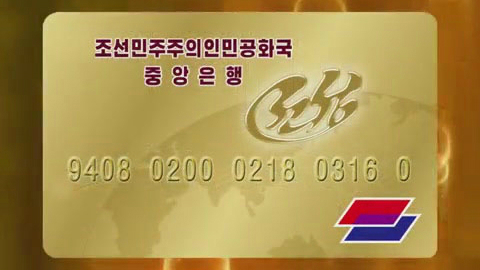
◆ Urban markets allow card payments, but not so much in rural areas
Reporting Partner C said that the cards can be used to pay for things at local markets, but the payment system is very inconvenient.
"At the market, there is a card payment machine for each item, and the money is deposited into (the seller's) Myself account five days after payment."
Reporting Partner A's explanation also suggests that it's not easy to actually accept card payments at the market.
"There is one payment machine for shoes, one for sweets, and so on, each for use by three to five stalls. There's not much electricity, so people often pay for things at the market management centers."
Meanwhile, even in rural areas, card use seems limited.
"Almost no one uses cards in rural areas. There are one or two people in the neighborhood who use them to save money to buy things in the city shops, but (usually) they don't even bother to use the cards." (Reporting Partner B)
◆ People feel anxious about government’s crackdown on sources of money
From the regime's perspective, a higher percentage of card payments is a good thing. It allows the state to control the flow of money, but it also allows the government to monitor the population through the records of individual cash transactions. People are aware of this, which is why they feel uneasy about using cards.
"I only put about 100,000 won on the card and deposit money whenever I need it. What worries me is that I have to write my name, workplace, and the amount of wages every time I deposit, so now I can't tell them where I got the money. Some people around me who can afford it only put about 500,000 won a month on it." (Reporting Partner A)
Reporting partners B and C have similar worries.
"I don't want to put a lot on (the card) and then lose it or run out of money, so I only put enough for a month. When I need to send money, I put money on the card and send it. Usually, I only put 150,000 won on it." (Reporting Partner C)
"When the prosecutor's office or the Ministry of Social Security (police) cracks down, they sometimes investigate where the money on the card came from, so even those who used to make cards and send money haphazardly in the beginning are now cautious. There are also people who don't want to use the cards because they don't trust the state yet." (Reporting Partner B).
C went on to say that in early June, there was a case where people who used cards to send money illegally received from China to the Hwanghae provinces area were arrested, and even brokers in Chongjin and Gilju were arrested after the authorities traced their remittance records. These incidents have made people reluctant to use cards.
◆ Will the use of the cards expand? What impact will they have on the government’s control over money flows?
The ongoing establishment of North Korea's e-payment system and card use policies is part of the state-centered, controlled economy that the Kim Jong-un regime is promoting in the aftermath of the COVID pandemic.
Reporting Partner A said, "People are trying to get used to the fact that they can only use cards in the future, and since the country is not printing money and old money is not being exchanged, there will be a natural increase in the use of the cards.”
※ ASIAPRESS smuggles Chinese cell phones into North Korea to communicate with its reporting partners.
<Inside N. Korea>The Expansion of Card Payments: Realities and Reliability? (1) Wages paid by card, which can also be used in state-run stores and markets
- <Investigation>Current living conditions of North Koreans (1) Poor infrastructure…conditions surrounding water, electricity, heating, and restrooms
- <Inside N. Korea>Army removes 'unification' phrase with paint, even removing 'sacred words' of Kim Il Sung and Kim Jung Il, confusing many poeple
- <Inside N. Korea>Farm mobilizations in full swing across the country…State-run stores and markets operating shorter hours Rations are provided to those mobilized people
- <Inside N. Korea>Recruitment for the world's longest military service(1) This year 8 years for men, 5 years for women
- <Investigation Inside N. Korea> A shocking situation...How are the neglected elderly faring? (2) Children abandon and abuse their parents due to hardship…No support or measures from the state

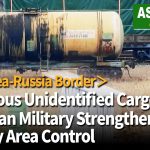
![<PHOTO REPORT>Sino - N.Korea Border [PART1]Things Still Tense in Border River Area After Purge of Jang Song-taek](https://www.asiapress.org/rimjin-gang/wp-content/uploads/2018/07/20140610_r_asiapressNK03X45-150x150.jpg)
